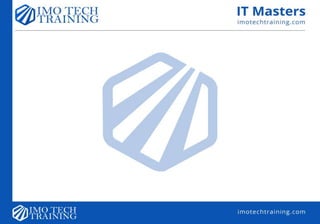The document provides an overview of Linux directories and commands used in the Linux terminal. It explains various essential directories such as /bin, /etc, /usr, and /home, detailing their purposes and contents. Additionally, it lists various common commands, such as ls, mkdir, and grep, along with their functionalities and usage in Linux.
































